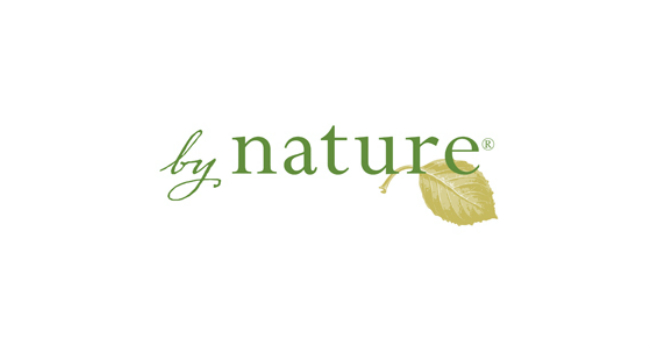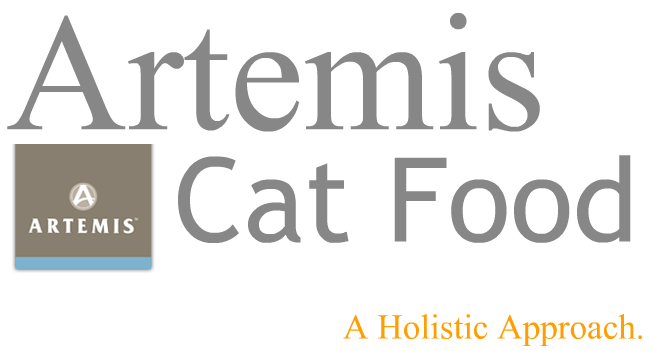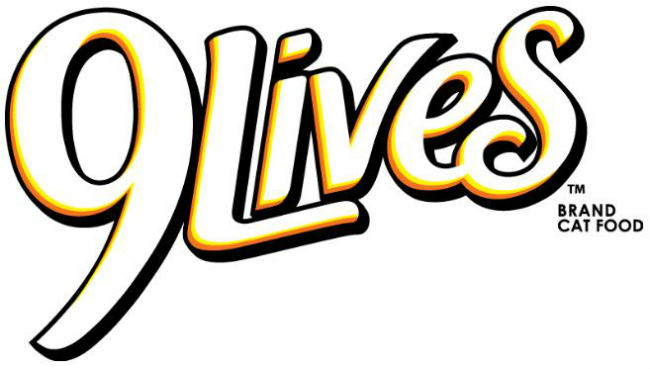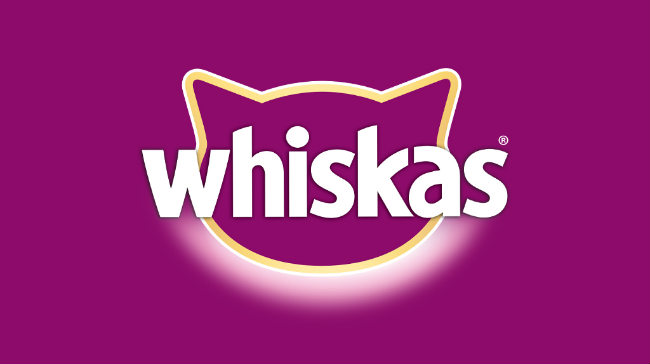The By Nature Cat Food brand is the manufacturer of By Nature pet formulas. This company is under the Blue Seal Feeds Company. Blue Seal was started in 1868 by founder Henry K. Webster. Initially, this company solely produced horse feed before they branched out to produce meals for cats, dogs, and other animals. The By Nature pet food brand is manufactured at one of the Blue Seal Feed plants in Londonderry, New Hampshire. This facility is one of the nine manufacturing plants under the Blue Seal Feed Company and all of their plants are located in the United States.
One of the products under the By Nature brand is their kitten formula. This is a formula made to meet the nutritional needs of a growing kitten. It provides your kitten with a blend of vitamins, antioxidants and minerals to boost its immune system and facilitate healthy growth. The ingredients used in this cat formula are said to protect the kitten from effects caused by illness, aging and even environmental and physical stress.
Ingredients in By Nature Kitten Formula Dry Cat Food
Chicken Meal, Ground Barley, Ground Oats, Chicken Fat (Stabilized with Mixed Tocopherols), Chicken, Chicken Livers, Ground Brown Rice, Tomato Pomace, Natural Flavors, Flaxseed Meal, Fish Meal, Alfalfa Meal, Yeast Culture, Fish Oil (Natural Source of DHA), Taurine, Salt, Vitamin E Supplement, Choline Chloride, Zinc Proteinate, Zinc Sulfate, Sweet Potatoes, Vitamin A Supplement, Dried Chicory Root, Vitamin D3 Supplement, Blueberries, Carrots, Cranberries, Turmeric, Niacin Supplement, Raspberries, Manganese Sulfate, Ferrous Sulfate, d-Calcium Pantothenate, Thiamine Mononitrate, Copper Proteinate, Manganese Proteinate, Vitamin B12 Supplement, Copper Sulfate, Pyridoxine Hydrochloride, Riboflavin Supplement, Folic Acid, Calcium Iodate, Rosemary Extract, Biotin, Dried Yeast Fermentation Solubles, Sodium Selenite.
The first five ingredients in any pet formula are the most important. This is because they represent the higher nutritional percentage in the pet formula.
Top 5 Ingredients Analysis
Chicken Meal – Chicken meal is ground up chicken meat that has been carefully dried to a moisture level of 10%. The protein content is 65% and the fat level is 12%. Many pet owners feel that chicken is a superior ingredient to chicken meal. It would seem logical that feeding a pet a whole, non-rendered chicken would be good. However, whole chicken still contains its moisture content prior to cooking and since whole chicken consists of about 80% moisture, after the cooking process is over there isn’t much left. With chicken meal, the moisture was removed prior to cooking. That means, chicken meal actually has a much higher protein percentage and provides far more beneficial nutrients to your cats than whole chicken. Meals consist of meat and skin, with or without the bones, but exclusive of feathers/hair, heads, feet, horns, entrails etc. and have the proper calcium/phosphorus ratio required for a balanced diet. It’s also important to note the quality difference between “chicken by-product meal” and “chicken meal.” While we do take exception to chicken by-products, chicken meal is actually a very high quality and nutritious ingredient. We are happy to see this listed.
Ground Barley – With barley being a starchy carbohydrate, it supplies healthy nutrients such as fiber to the cat. Barley also gives your cat sugar level stability. Ground or pearled barley is produced from whole barley seeds that have been scoured to remove the seed hull and bran. This is a common ingredient in weight control pet foods due to its slow digestibility, starch, and soluble fibers.
Ground Oats – Oats are inexpensive, readily available, and have become much more popular in pet foods. While oats provide a good source of protein, cats will not process the proteins very efficiently. However, this does provide a natural source of iron, manganese, zinc, and B vitamins. Another advantage to oats is that so far, they are not grown using GMO’s (genetically modified organisms). This ingredient has also been shown to aid in digestion and also improve the health of a cat’s fur, coat, and skin health.
Chicken Fat – Chicken fat is a quality source of essential fatty acids and an excellent source of energy. Fat has a positive effect on the immune system and plays a beneficial role in stress response. Essential fatty acids are required for proper growth, reproduction, normal skin structure and a healthy coat. Because chicken fat contains virtually no protein, it’s use does not cause allergic reactions associated with the use of fresh chicken or chicken meal which contain high amounts of protein. Many times, mixed tocopherols, which are a natural source of Vitamin E activity, are used as a natural preservative to maintain freshness. This is considered a higher quality fat source in pet food.
Chicken – Chicken is a very popular ingredient for pet food and in this case, they are referring to whole chicken. This is a very high quality meat source and we are pleased to see it listed. However, whole chicken loses about 80% of its content during the cooking process since the majority of whole chicken is water. After the cooking process is complete, the amount of whole chicken remaining is substantially reduced. Therefor, while whole chicken is a great source of meat protein, this ingredient alone is not enough to provide sufficient levels of meat protein in a cats diet.
Additional Ingredients Of Interest In By Nature Kitten Formula
Chicken liver – Here is another ingredient you probably wouldn’t want to see on your own dinner plate, but most cats seem to enjoy the taste of liver. Uncooked liver, or liver in very high quantities, can actually be toxic to cats. However, in this food, it is clearly provided well within safe limits. In fact, this ingredient is a pretty high quality ingredient overall. It provides a good source of vitamins, minerals, proteins, and other nutrients your cat can benefit from.
Blueberries, cranberries and raspberries – In the wild, cats almost always consume the stomach contents of their prey. This usually includes ingredients such undigested or partially digested blueberries, cranberries, and, raspberries. While these ingredients don’t typically make up the majority of the nutritional content in a food, they do provide a good natural source of vitamins, minerals, and other nutrients as well as help make the food taste better.
Allergy Risk With By Nature Kitten Formula
Based on the ingredients list, this cat formula does not contain the more common allergens such as soy, wheat, or corn. Even though it contains grain, the manufacturers make use of complex carbohydrates that are easily digestible. Overall, we feel the allergy risk with By Nature Kitten Formula is very low, however, all kittens are unique and may suffer from their own unique health issues or allergies.
Poor Quality Ingredients Commonly Found In Kitten Food
Soy, corn and wheat – All three of these ingredients are known allergens for many cats. In addition, many cats have problems digesting these grain based ingredients. Since cats are obligate carnivores, their digestive systems are designed to digest meat and not grains. All of these ingredients will help to boost the protein percentage in cat food, but not all protein is created equally. Cats do not digest plant based proteins in the same way as meat proteins and in fact, gain little to no nutritional value from these grains. Several “grocery store brand” cat foods include these products to keep the price down as it is a cheap filler to help make your cat feel full as well as a cheap way to add protein to the food.
Artificial preservatives and coloring – Artificial preservatives are a group of chemical substances added to food, sprayed on the outside of food, or added to certain medications to retard spoilage, discoloration, or contamination by bacteria and other disease organisms. These additives are man-made, though some do exist in some forms in nature. They are generally considered safe despite the fact that some are known to be carcinogenic and toxic. Many side effects and illnesses are related to their consumption. What’s even more unfortunate is that we are not given full information here. The label “artificial preservatives” could include any number of man-made chemical based preservatives. While it doesn’t necessarily mean this ingredient is harmful, it could be. We just don’t know which specific preservatives are being used here. Without adequate labeling and information for cat owners, we remain skeptical.
Artificial color is added to cat food for marketing purposes only. Unfortunately, there may be some evidence linking various food coloring to cancer in cats. Since this provides absolutely no nutritional benefit to your cat and can only harm your cat, we find it rather unfortunate they included it here.
Fortunately, By Nature Kitten Formula does not use any of these controversial ingredients.
Conclusion
Most of the reviews found online from cat owners are positive. The ingredients used are, however, questionable. This makes it a somewhat risky buy and use on a regular basis. We are disappointed there isn’t a higher amount of meat products in this food and some of the other ingredients may be very low quality depending on their sourcing. At best, they are average ingredients. While By Nature does generally produce excellent cat food formulas as seen in our other reviews of By Nature, we don’t think this is one of their better blends. Judging by the ingredients alone, we believe this cat food is slightly below average in quality.






 Like all other pets, cats grow up fast and this means that their nutritional needs change. You need cat food that ensures your cat remains healthy and active throughout its growth. According to the manufacturer, the 9 lives Plus Care cat foods is balanced and complete meeting your cat’s daily nutritional requirements.
Like all other pets, cats grow up fast and this means that their nutritional needs change. You need cat food that ensures your cat remains healthy and active throughout its growth. According to the manufacturer, the 9 lives Plus Care cat foods is balanced and complete meeting your cat’s daily nutritional requirements.
